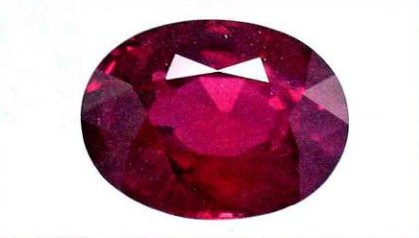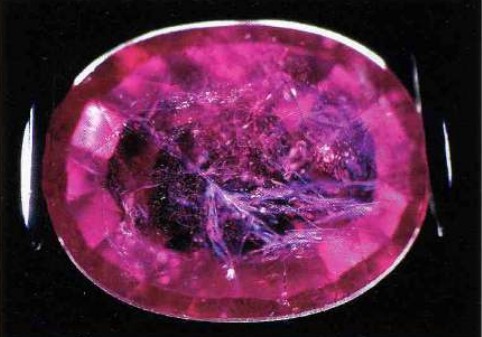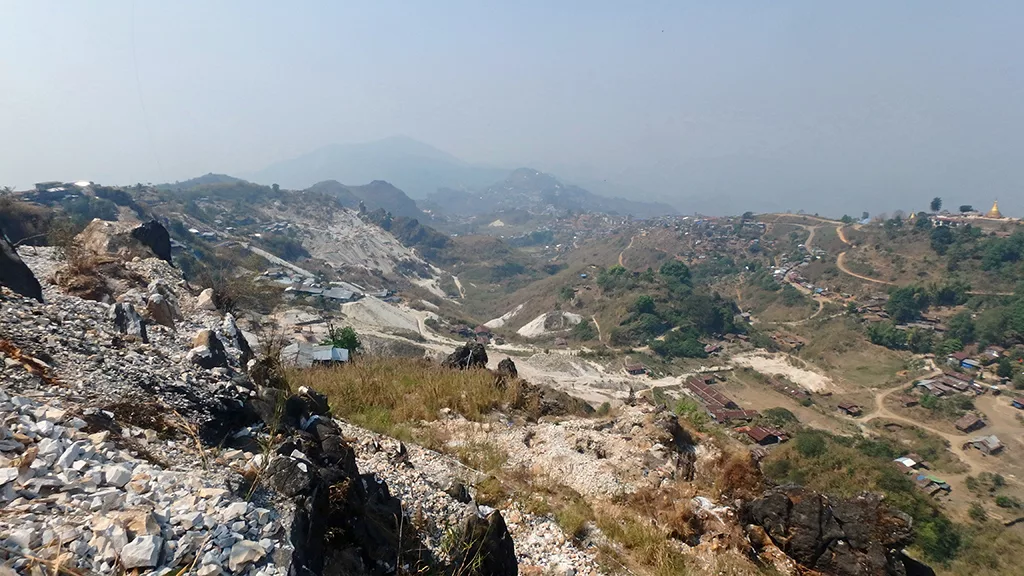
Visit to the Mong Hsu ruby deposit in Myanmar (Burma)
by Dr. M.M. Phyo, first published in Facette 27 (June 2021)

Mong Hsu is one of the reputed ruby deposits in Myanmar (Burma). It is located about 250km southeast of Mogok, in the Shan State, in northeastern Myanmar. It is 923km in distance from the capital Yangon and is an 8-hour drive from Taunggyi, the capital of the Shan state located in central Myanmar. In March 2020, we visited to Mong Hsu Ruby mining area with the aim of studying the geological setting of the ruby deposit and to get first-hand information about the current mining activity (Figure 1). During our visit, we were able to collect numerous ruby samples in rock matrix and as rough crystals.
The Mong Hsu ruby deposit was first discovered in 1992. This new and important source of rubies was then studied and described in several research papers by Hlaing (1991, 1993, 1994), Jobbins (1992), Clark (1993), Kammerling et al. (1994), Smith and Surdez (1994), Peretti et al. (1995), to name a few of the early publications. Mong Hsu ruby is commonly characterised by a violet to dark colour in the core and a saturated red colour in the rim of ruby crystals. In order to improve the colour, most of thr rubies from Mong Hsu are traditionally heat-treated. In recent years, however, Mong Hsu rubies of gem-quality are often spared from heating even when showing some minor dark colour zones, driven by the demand of the market for unheated Burmese rubies (Figure 2).
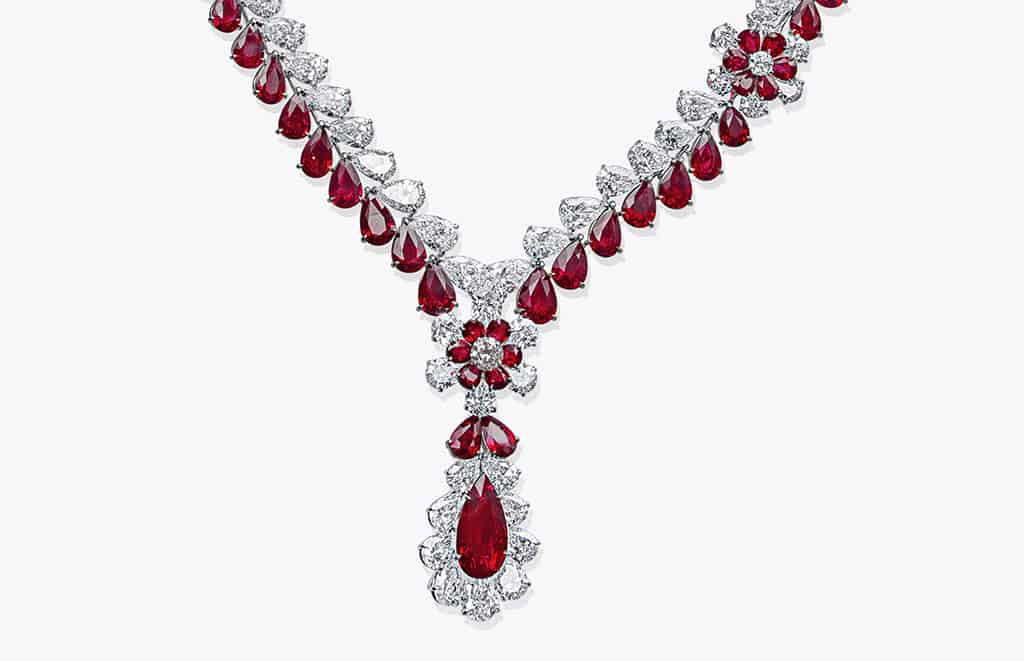
Although the area is primarily known for ruby, some local researchers noticed that further precious materials such as sapphire, spinel, and diamond, gold can be found east of Than Lwin river, beyond the Mong Hsu gem mining area.
When we visited the Mong Hsu deposit in early 2020, mining was temporarily halted as mining policy and permits were being reviewed by the government. But we were still able to visit several mines and to collect research specimens during our fieldtrip. It was challenging to access all mining areas around Mong Hsu because of ongoing rebel activity in the area. As a consequence, we focussed our visit and study mostly to the Loi Saung Htauk gem mining area in Mong Hsu.
This successful fieldtrip was a first step to studying the geology of the Mong Hsu ruby deposit and to collect ruby samples for further research. We hope to learn more and do further studies, both gemmological and geological, in Mong Hsu in future. We greatly appreciate and thank the Myanmar Gem Enterprise for their hospitality and assistance during our visit. Special thanks also goes to the local miners for their generous welcome to us and for donating research samples.
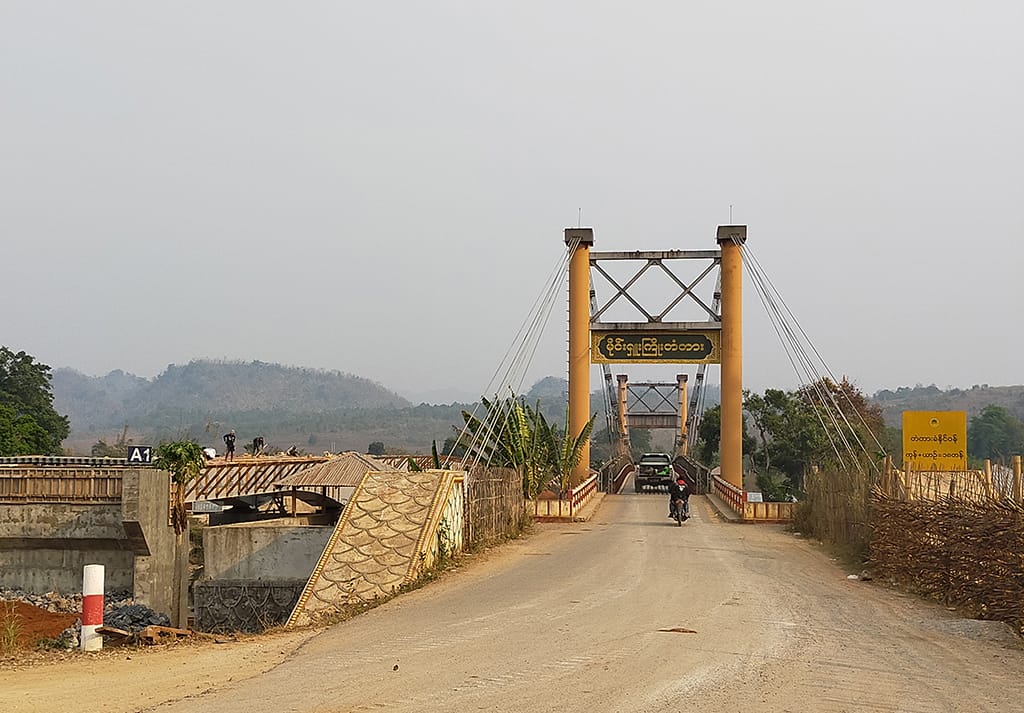
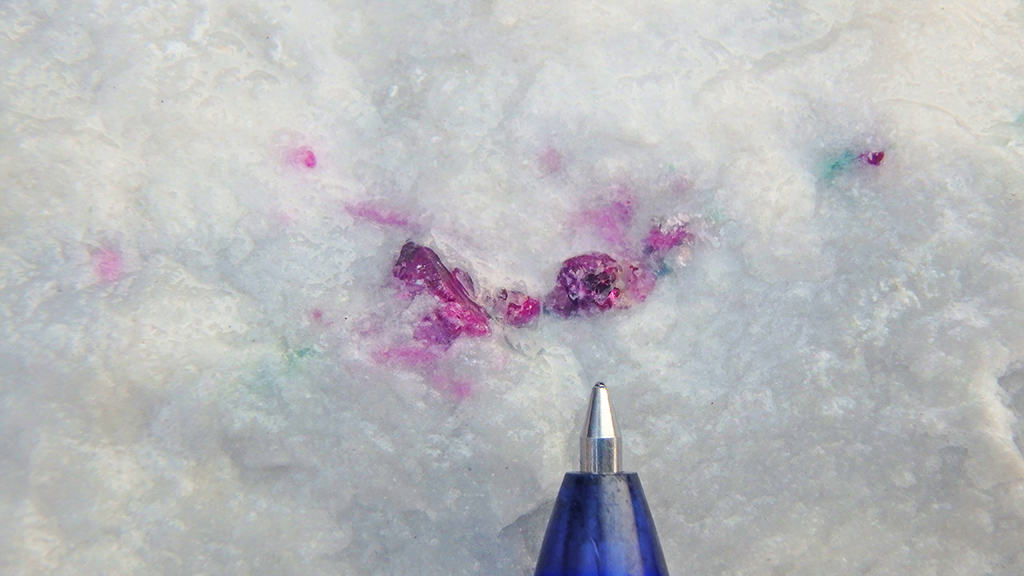
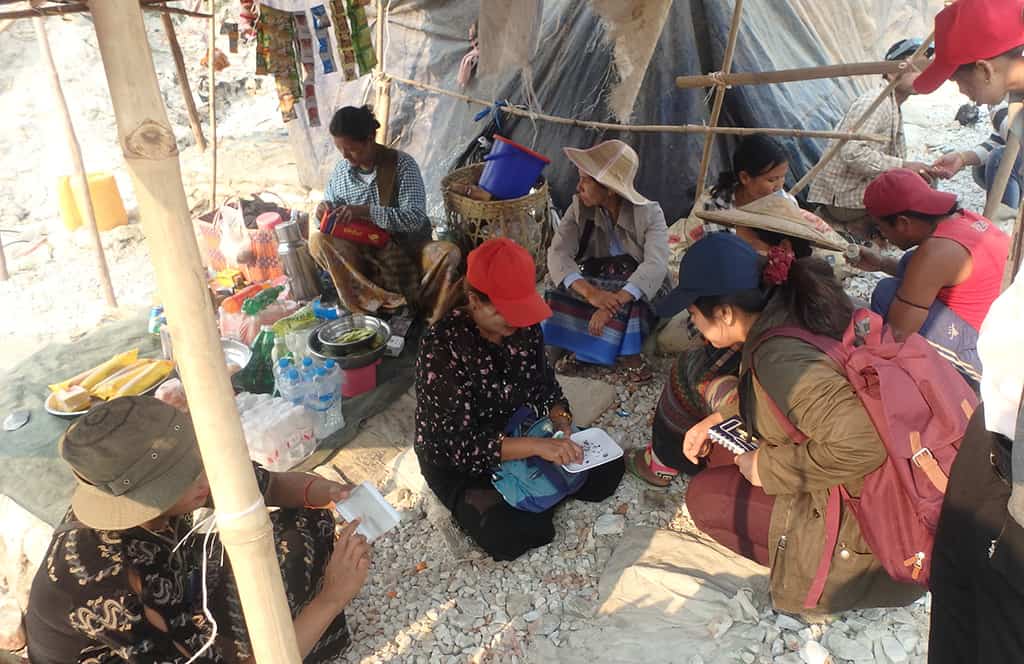
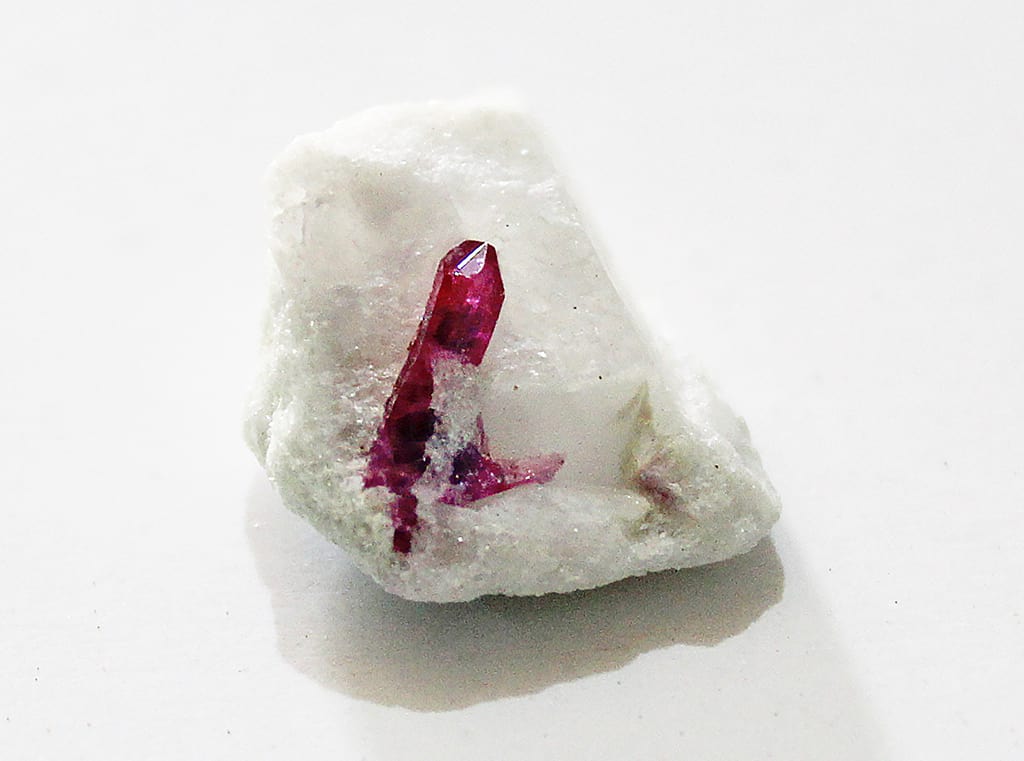
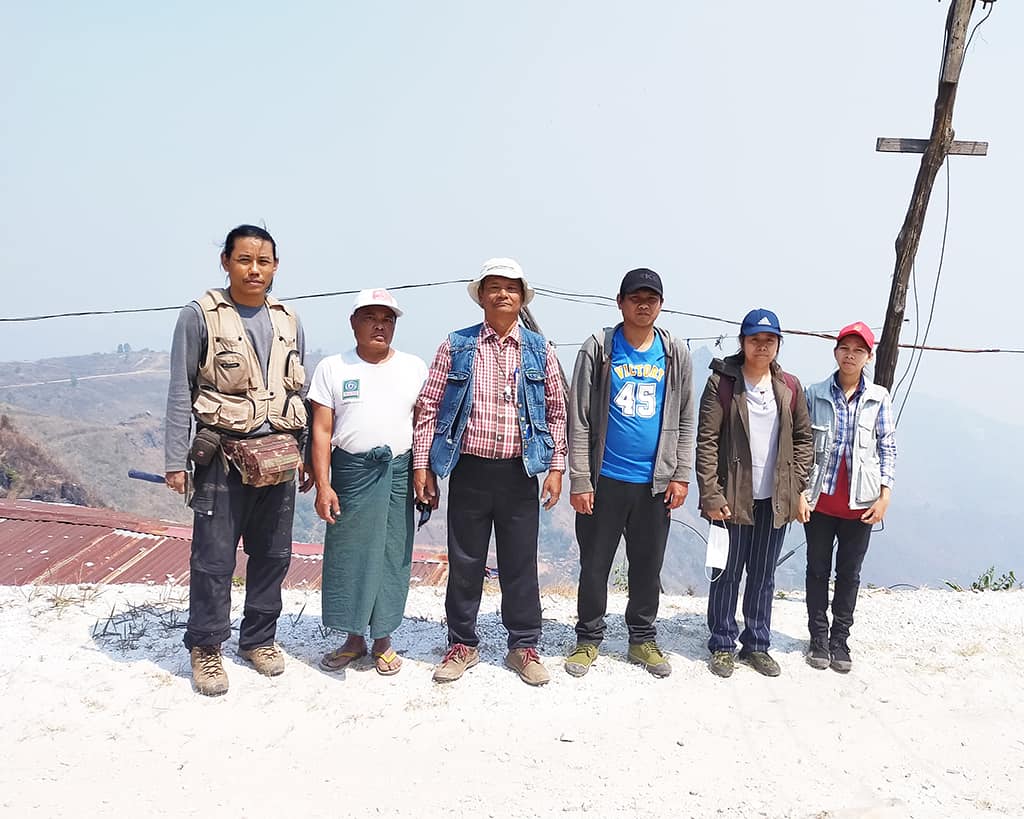
Want to learn more about rubies?
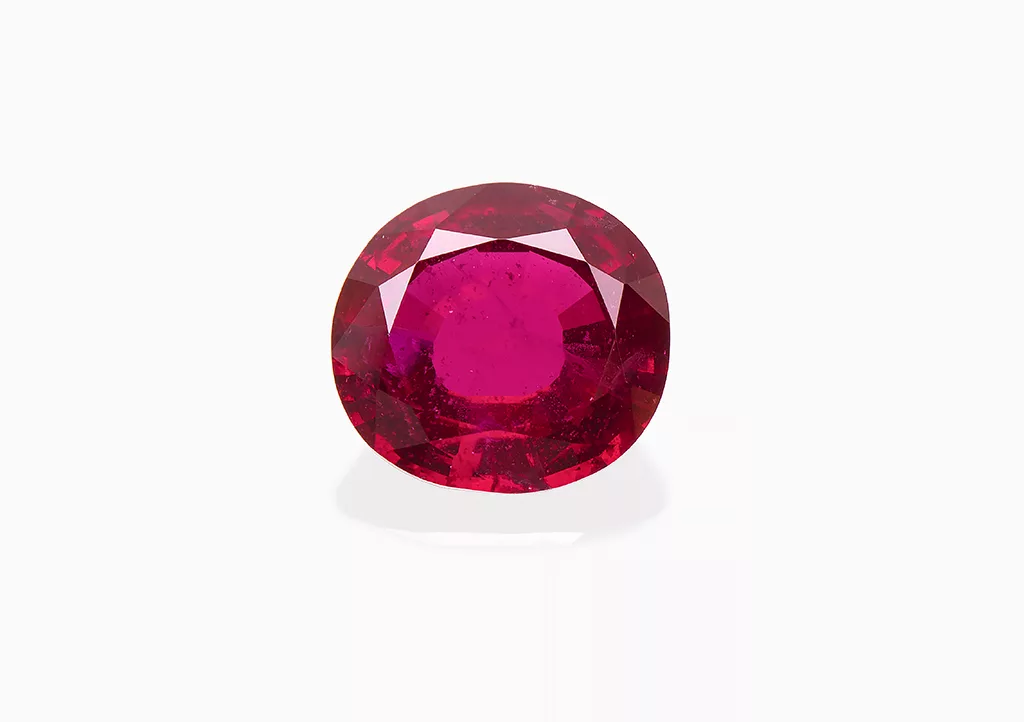
Sign up for our free online course: Introduction to rubies
